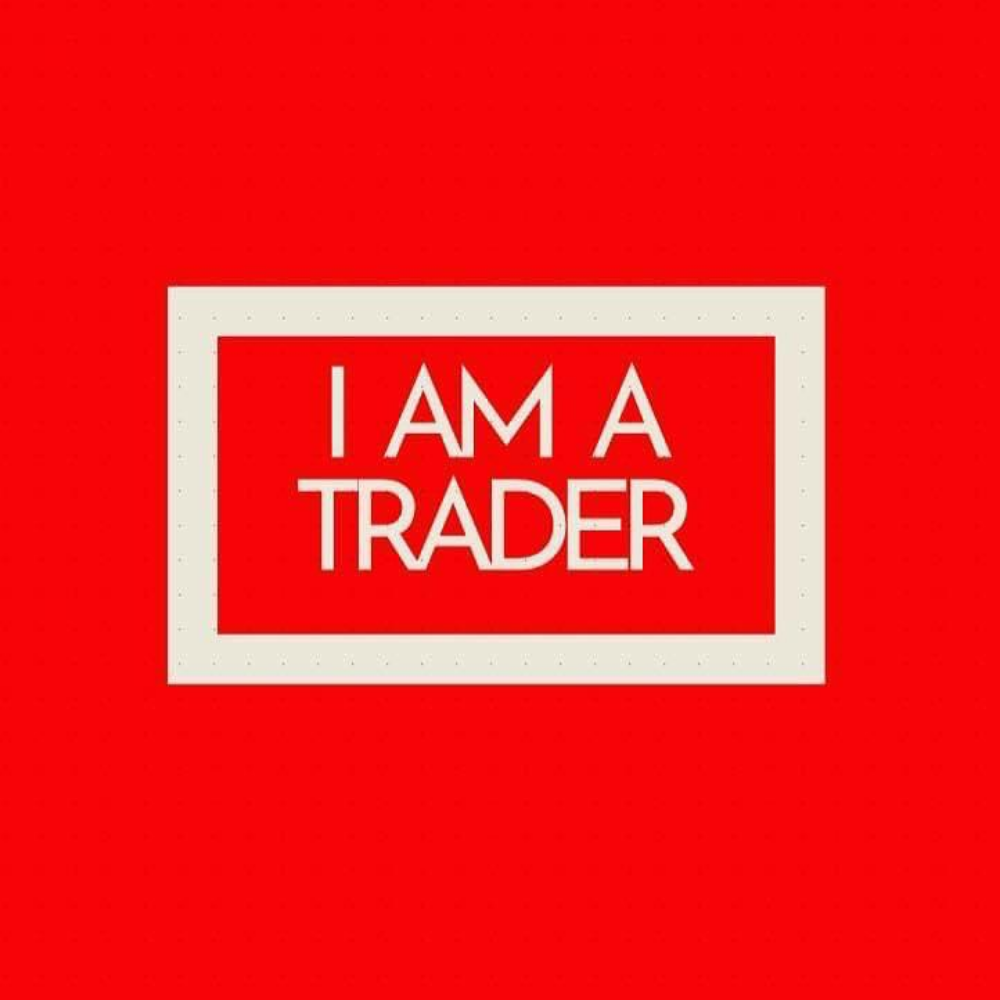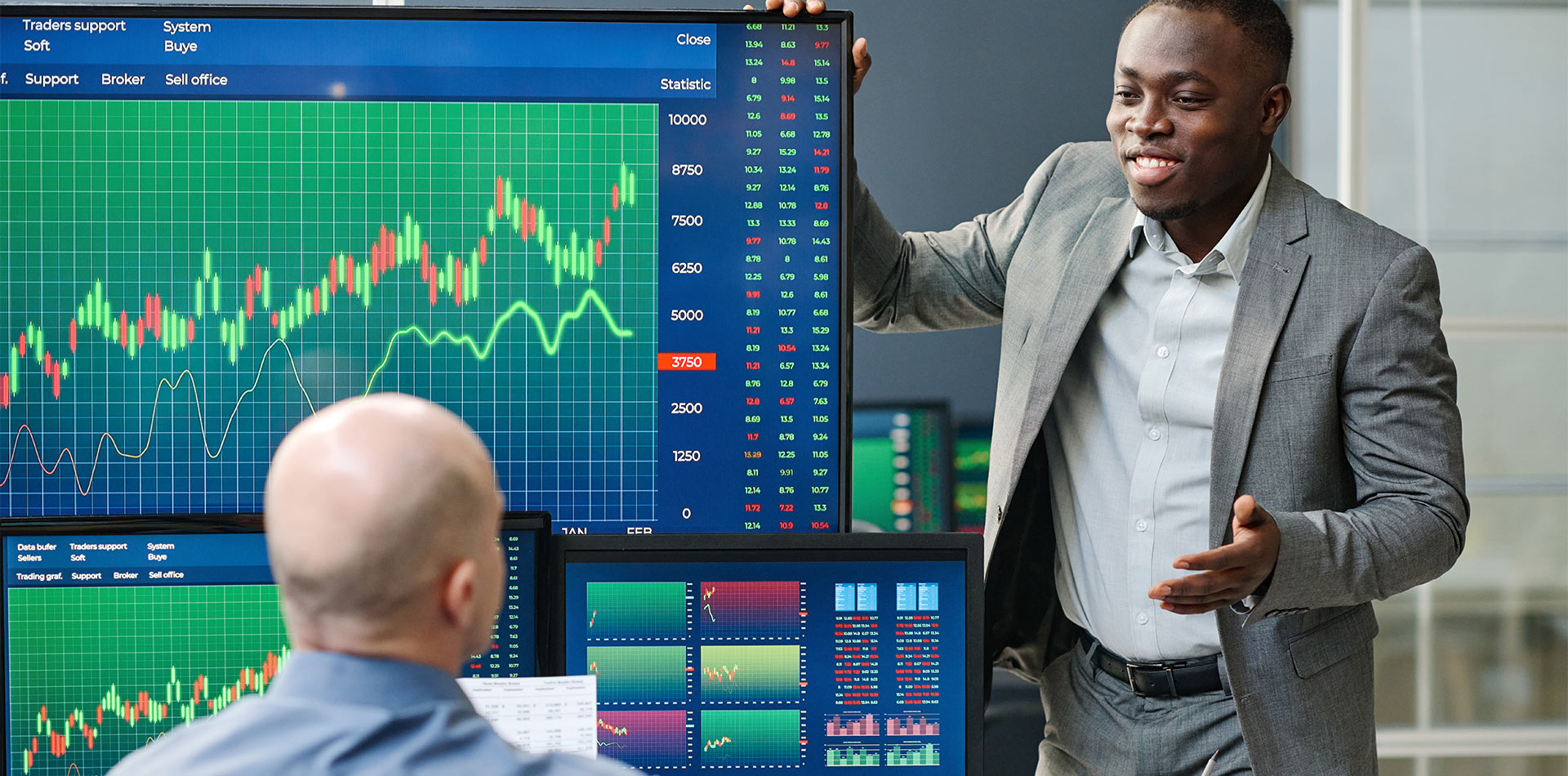Forex trading has its own terminologies and knowledge of these forex trading terminologies is very important in making a successful trader. The following is a comprehensive forex trading glossary of 50 must know terms a trader should have. So you want to start trading or simply brush up on what you already know about forex trading? This is the glossary of forex trading terms that will get you through the market with ease.
General Forex Terms
- Forex Market: The global marketplace for Forex Trading Glossary.
- Currency Pair: The quotation of two different currencies (e.g., EUR/USD).
- Major Pairs: The most traded currency pairs that include USD.
- Minor Pairs: Currency pairs that don’t include USD but involve major currencies.
- Exotic Pairs: Pairs that include a major currency and an emerging market currency.
- Base Currency: The first currency in a pair.
- Quote Currency: The second currency in a pair.
- Exchange Rate: The rate at which one currency can be exchanged for another.
- Bid Price: The highest price a buyer is willing to pay for a currency pair.
- Ask Price: The lowest price a seller is willing to accept for a currency pair.
Trading Mechanics
- Pip (Percentage in Point): The smallest price movement in a currency pair.
- Lot Size: The amount of currency units in a trade. Standard lots are 100,000 units.
- Spread: The difference between the bid and ask price.
- Leverage: A tool to control a larger position with a smaller amount of money.
- Margin: The capital required to open and maintain a leveraged position.
- Stop Loss: An order to automatically close a trade at a specified loss level.
- Take Profit: An order to automatically close a trade at a specified profit level.
- Market Order: An order to buy or sell at the current market price.
- Limit Order: An order to execute a trade at a specific price or better.
- Stop Order: An order triggered when a specific price level is reached.
Types of Traders and Strategies
- Day Trader: A trader who opens and closes positions within the same day.
- Swing Trader: A trader who holds positions for several days or weeks.
- Scalper: A trader focusing on small, frequent profits from minor price movements.
- Position Trader: A trader who holds trades for weeks or months based on long-term trends.
- Hedging: A strategy to reduce risk by opening positions that offset potential losses.
- Arbitrage: Exploiting price differences between brokers or markets.
Technical Analysis Terms
- Chart Patterns: Visual patterns on price charts used to predict future movements.
- Trend Line: A line showing the overall direction of price movement.
- Support Level: A price level where buying pressure prevents further decline.
- Resistance Level: A price level where selling pressure prevents further rise.
- Moving Average: A technical indicator that smooths price data over time.
- Relative Strength Index (RSI): A momentum indicator measuring overbought/oversold levels.
- Fibonacci Retracement: Levels used to predict potential support/resistance areas.
- Bollinger Bands: A volatility indicator showing price levels relative to a moving average.
Market Dynamics
- Liquidity: The ease of entering or exiting a trade without affecting price.
- Volatility: The degree of price fluctuations in the market.
- Economic Calendar: A schedule of economic events that can impact the market.
- Interest Rates: Central bank rates influencing currency values.
- Non-Farm Payroll (NFP): A key U.S. economic indicator affecting forex prices.
- GDP (Gross Domestic Product): A measure of economic performance affecting currency value.
Broker-Related Terms
- Forex Broker: A platform or firm enabling Forex Trading Glossary.
- ECN Broker: A broker providing direct access to liquidity providers.
- Market Maker: A broker that takes the opposite side of clients’ trades.
- Regulated Broker: A broker overseen by financial authorities for transparency.
- Demo Account: A practice account allowing traders to test strategies without risk.
For in-depth insights on broker classifications, trading strategies, and real-time market analysis, follow us on Instagram, where we share educational content and practical applications of key forex trading concepts.
Risk Management Terms
- Risk-Reward Ratio: The potential profit relative to potential loss in a trade.
- Drawdown: The reduction in account balance from peak to trough.
- Equity: The total account balance, including open trade profits/losses.
- Free Margin: The remaining capital available for opening new trades.
- Margin Call: A broker’s request for additional funds to maintain open positions.
Check out our guide to the best forex brokers for beginners here: https://www.iamatradersa.com/forex-broker-comparison/

